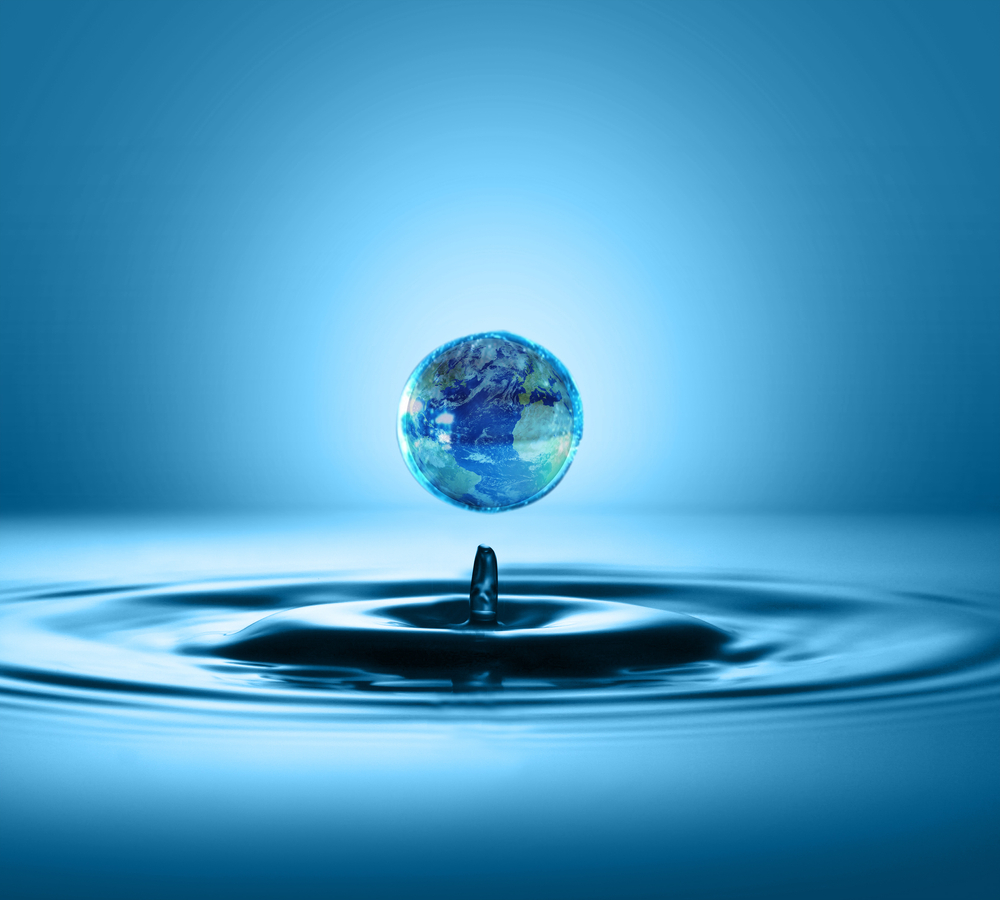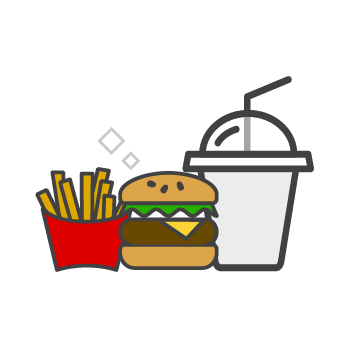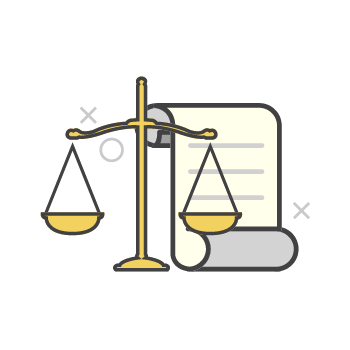Check Out G-Crews’ Tips on How to Save and Conserve Water
by Article Contributed Apr 1, 2024

In the Caribbean, water availability is not typically a concern for us, as we are used to generous rainy and mild dry seasons. However, in the last few decades, things have started to change. The number of water users has increased, rainfall has decreased, and the dry seasons have become hotter and dryer. As a result, our attitudes and beliefs about water consumption and availability must change to adapt to this new reality.
At G-Crews, we believe it’s critical that we adopt practices that ensure that water will remain available to sustain ourselves and visitors to our country, who are needed to keep the economy going. You may be wondering what some of these practices are.
Well, for starters, did you know that flushing the toilet can use over five gallons per flush, accounting for as much as 30% of your total household water consumption? Also, leaving the tap running for one minute while you brush your teeth uses between one and three gallons, and washing the dishes without a pan uses about 15 gallons in 5 minutes. There’s also washing your vehicle, as doing so with a hose uses about 10 gallons per minute!
The good news is that with the right tools and attitude, we can collectively save water and make sure water is available for all during the wet and dry seasons!
Here are several how-tips on saving and conserving water throughout your household. You can practice these to reduce your current water consumption.
G-Crews’ Everyday Water-Saving Tips
Indoors
Kitchen & Laundry
- One of the major contributors to increased water usage is leaks. Check your kitchen, laundry and bathroom pipes for leaks and call the plumber to repair or replace them.
- Use the two-sink or wash pan method in washing and rinsing your dishes.
- Wash your vegetables in a bowl and use the wastewater for your garden plants.
- Do full loads of laundry to decrease the volume of water you use.

Bathroom
- Take shorter showers. For instance, a 5-minute shower, not a quarter of an hour.
- Close the showerhead when soaping and lathering.
- Fill a cup with water and rinse your mouth after brushing your teeth.
- Fill the sink with water and use it to rinse your shaving stick when shaving.
- Place a one-litre bottle filled with water in your toilet tank before refilling if you have a big tank.
Outdoors
- Use a spring-activated trigger nozzle on your hose to water your plants.
- Turn on timed sprinklers to water your garden in the early mornings or late evenings.
- Use a broom to clean the yard instead of a hose.
- Cover your swimming pool in arid periods in the year to reduce the evaporation rate.
- Use the bucket method to wash your vehicle instead of a hose.
- Collect and store rainwater. Use it to wash your vehicles, water plants, and other household chores.
With simple lifestyle changes, you can implement these tips and save water. Still, employing water-saving devices can also be helpful. Here are six devices that can help:
Aerators. Install aerators on your kitchen faucets. These inexpensive devices can be fitted to your existing kitchen and face basin water taps. Aerators reduce the water flow by 30% of domestic water usage.
Water-efficient Dishwashers. Regular dishwashers typically use approximately 15 to 18 gallons of water, less than hand-washing dishes, for the latter usage occurs between 15 to 50 gallons, while standard dishwashers use about 15 to 18 gallons. However, efficient dishwashers use less electricity and water, utilising between 2 to 8 gallons per cycle.
Efficient Washing Machines. These types of washersuse anywhere between 7 to 25 gallons of water per load compared to traditional machines, which use 25 to 50 gallons per load. The most prominent efficient washing machines are front loaders. However, with the advancement of technology, there are also efficient top-loading washing machines.
Water-saving Toilets. Inefficient toilets use between 3.5 to seven gallons per flush. Efficient toilets diminish water usage to 0.4 to two gallons per flush.
High-efficiency Showerheads. Showering uses between 15 to 30% of domestic water consumption. With efficient showerheads, your water usage can be reduced by over 20%. Efficient showerheads flow as low as 1.5 gallons per minute.
Trigger-action Garden Hoses. Avoid using screw or toggle switch nozzles on your garden hose, as these do not shut off automatically. Instead, use a nozzle with spring activated trigger, which provides the volume of water needed when the spring is squeezed.
Adopting these simple tips can significantly change how you use water. Be Water Wise in your water consumption!








